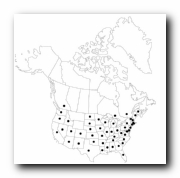
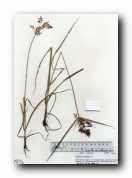
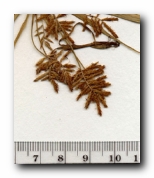
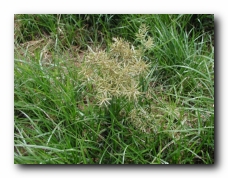
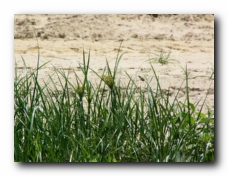
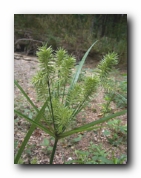
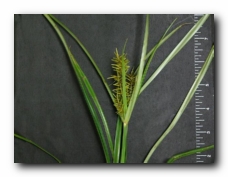
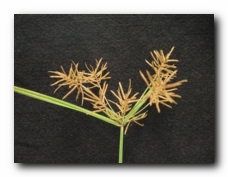
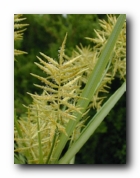
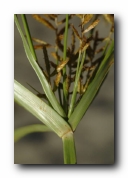
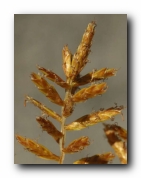
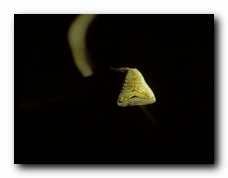
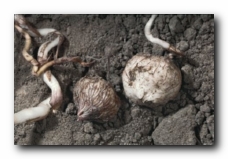
40" Rows:
Broadcast:
Sandy:
Loam:
Clay:
High
High
High
Mature Plant: Rhizomes and tubers are present. Tubers are 1 to 2 cm long, rounded, ridged or scaled, white at first, turning brown and then black. Tubers are produced at the end of rhizomes beginning in late June and continuing into autumn. A single plant may produce hundreds or several thousand in a season. Most tubers are found in the first 15 cm of the soil. They require a chilling period to break dormancy. After germination, tubers produce a primary basal bulb 1 to 2 cm beneath the soil surface; the bulb develops fibrous roots, then rhizomes, secondary basal bulbs, and tubers.
Special Notes:
Yellow Nut Sedge (Cyperus esculentus) Information #2
Yellow Nut Sedge (Cyperus esculentus) Information #3